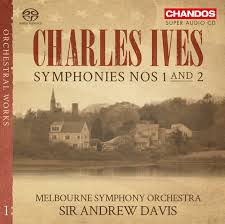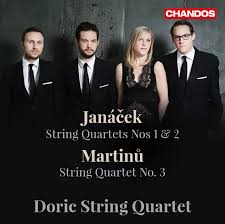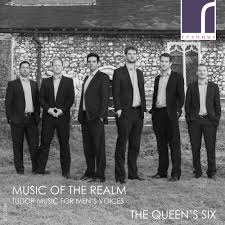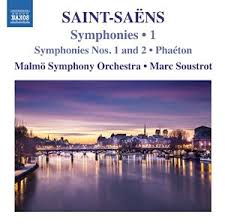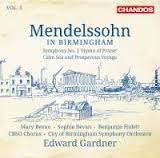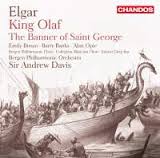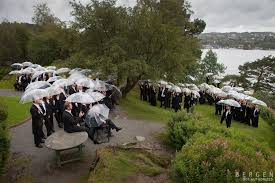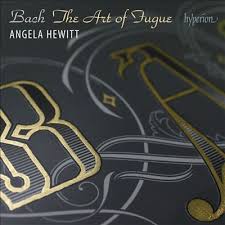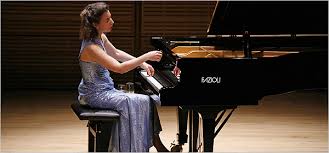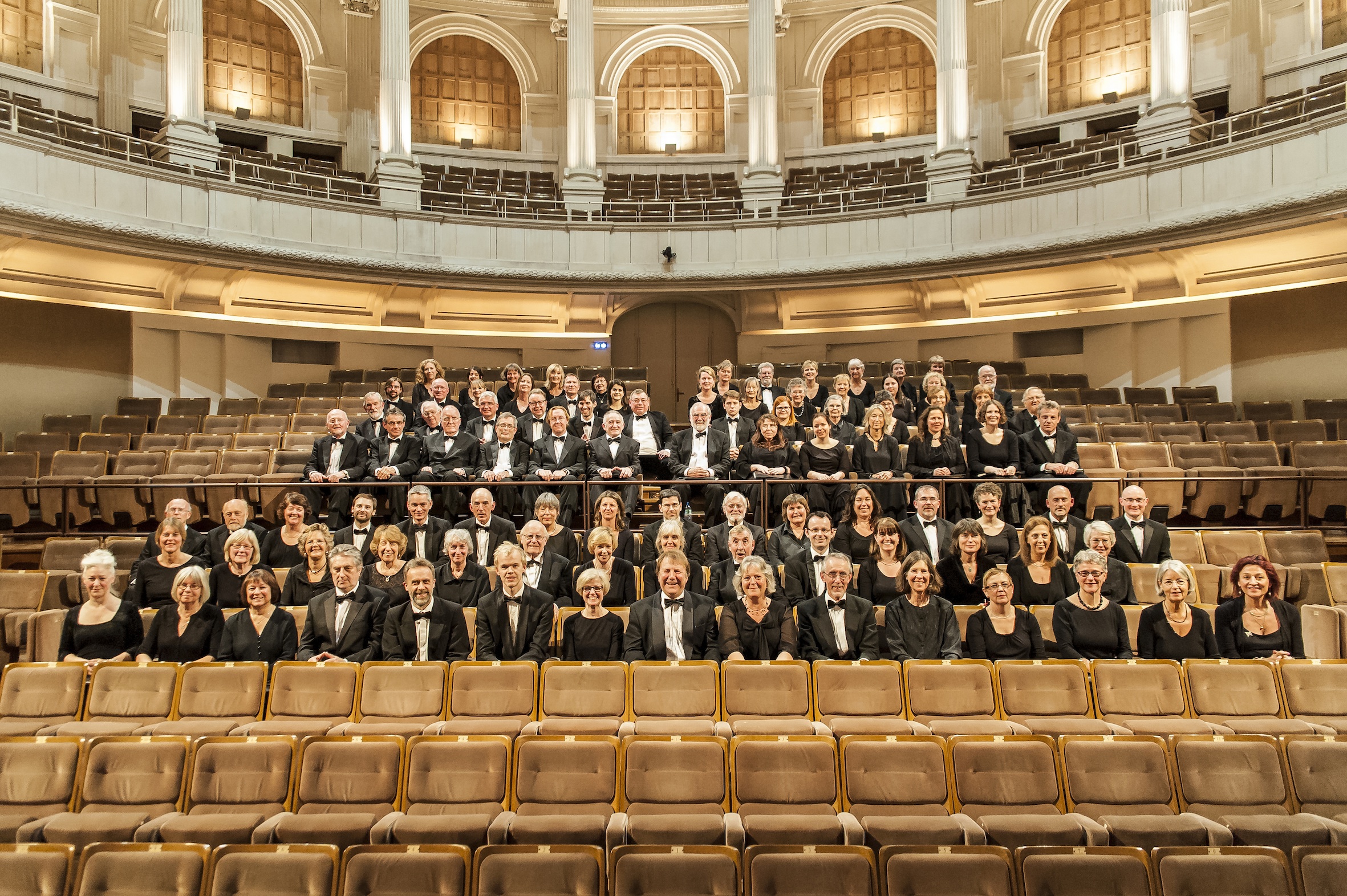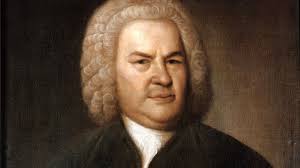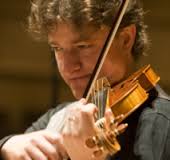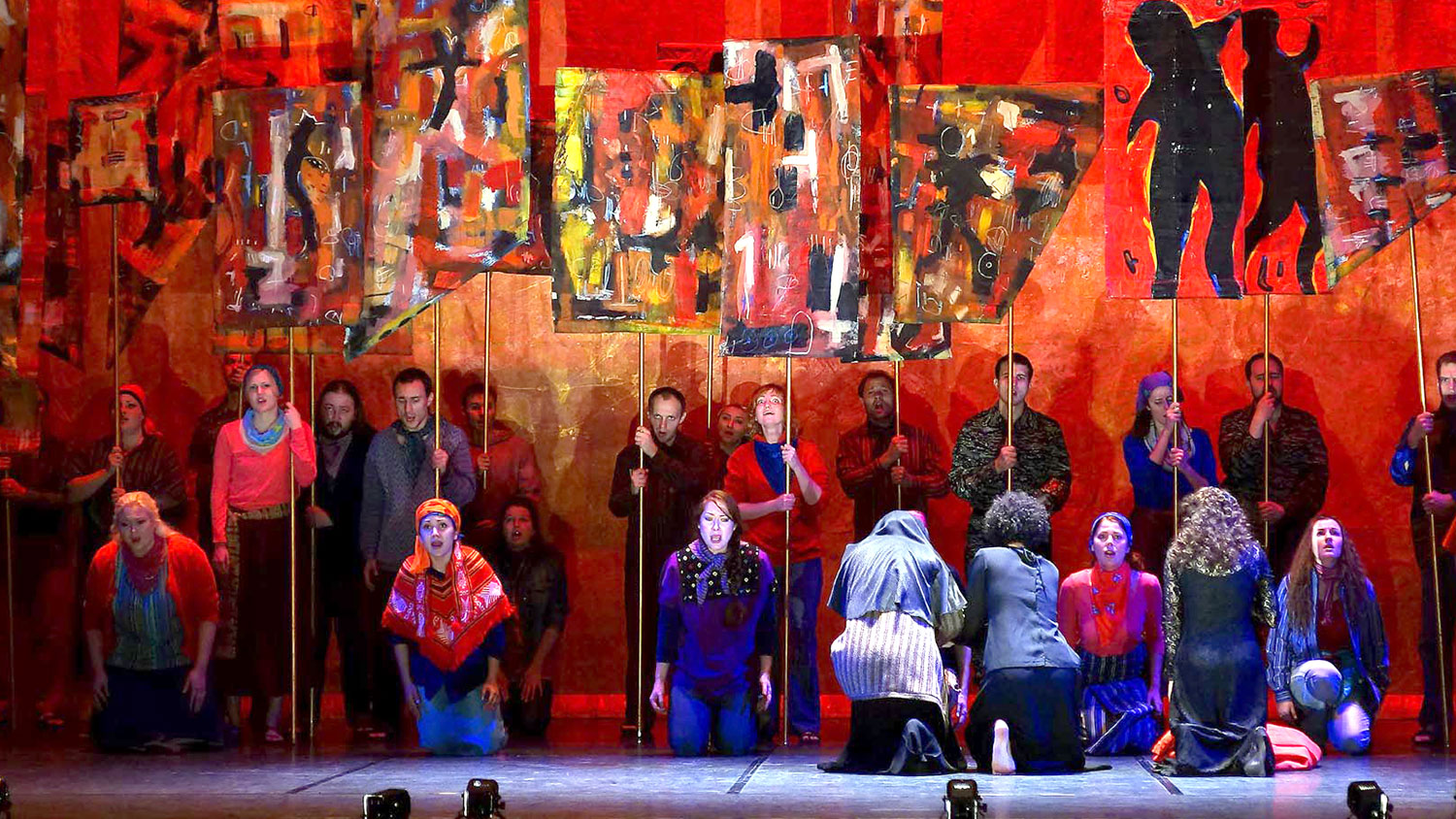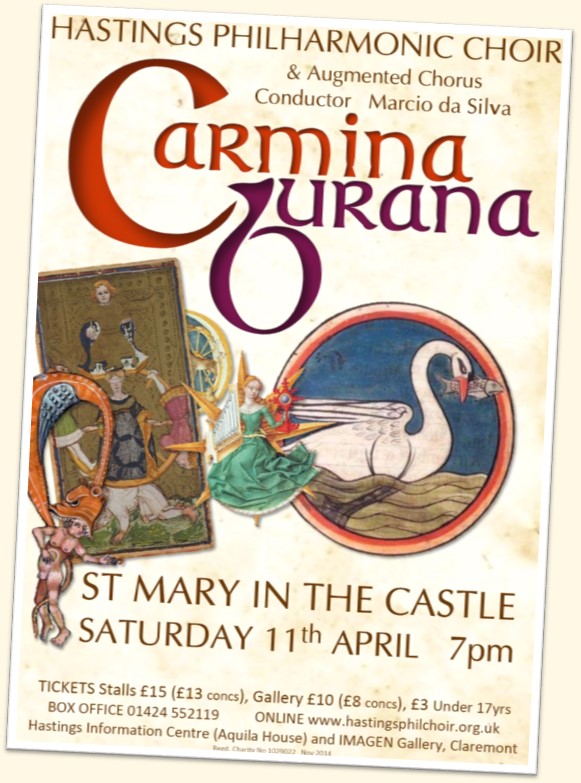ENO Chorus & Orchestra, Ivor Bolton
ARTHAUS 100065
This is a reissue of a recording made in 1996 of the production by David Alden – one of a series of fine Handel presentations by ENO which brought many people to the glory of Handel’s operas for the first time. A strong cast is led by Ann Murray as Ariodante and Joan Rogers as Ginerva. Ivor Bolton keeps the music trim and pacey from the pit and the whole is more than worthy of being seen again.
Charles Ives: Symphonies Nos 1 & 2
Melbourne Symphony Orchestra, Andrew Davis
CHANDOS CHSA 5152 77’28
Given that Ives is normally seen as a radical composer, the conventional nature of these very early works makes for fascinating listening. Though Ives annoyed his tutor in straying beyond the bounds of what he thought acceptable, it is difficult for us to hear the first symphony as anything other than consistent with late romantic form. The second however is a different matter. Its first performance under Leonard Bernstein in 1953 was to be a turning point in the discovery of Ives as a national figure. The symphony leans towards a more nationalistic flavour, drawing on folk songs and hymn tunes. It seems strange that it has brought an English conductor and an Australian orchestra together to celebrate the early works of an American composer.
Janacek: String Quartets Nos 1 & 2
Martinu: String Quartet No 3
Doric String Quartet
CHANDOS CHAN 10848 59’29
The Janacek quartets are familiar in a range of recordings but the Martinu is less so and makes this a valuable addition. The Third Quartet was written in 1929 in Paris where it was premiered by the Roth Quartet. Shorter and terser than the second quartet, it also has an unexpected freedom and even a sense of playfulness at times that the Doric brings out with delicate clarity.
Music of the Realm: Tudor music for men’s voices
The Queen’s Six
RESONUS RES 10146 63’56
This is the debut recording for The Queen’s Six who are all Lay Clerks of St George’s Chapel, Windsor, and includes compositions written for the court of Queen Elizabeth I. The six male singers consist of two counter-tenors, two tenors, a baritone and a bass. Though some of the works are familiar it is the range of rarer pieces, and the splendid quality of the singing, which makes this a valuable addition to the repertoire.
Saint-Saens: Symphonies 1 & 2; Phaeton
Malmo Symphony Orchestra, Marc Soustrot
NAXOS 8.573138 66’06
The problem with Saint-Saens is that with some of his works constantly in the top ten his other compositions can too easily be overlooked. The first symphony dates from 1853 and the second from 1859. If the first is conventional in construction it does not lack in melodic invention and is scored for a large orchestra. The second is more daring in its opening fugue and final Tarantella before a false ending. More interesting possibly is the symphonic poem Phaeton which dates from 1873. Dismissed at the time by some critics as mere programme music, it comes across today as one in a sequence of increasingly interesting attempts to capture natural forces in music.
Mendelssohn in Birmingham Vol3
CBSO Orchestra & Chorus, Edward Gardner
CHANDOS CHSA 5151 73’01
This is proving to be a most enjoyable series of recordings as we now come to Meerestille und gluckliche Fahrt and the Hymn of Praise. Possibly not as popular today as during the latter part of the last century, the choral writing for the Hymn of Praise shines out here from the CBSO Chorus, and there is powerful solo work from Sophie Bevan, Mary Bevan and Benjamin Hulett. Calm sea and prosperous voyage provokes an enthusiastic intensity from Edward Gardner which is pleasingly convincing.
Elgar: King Olaf; The Banner of St George
Bergen Philharmonic Orchestra and Choir, Andrew Davis
CHANDOS CHSA 5149(2) 53’18; 59’07
Sir Andrew Davis has long been a champion of Elgar’s choral works and here he brings us two rarely performed but none the less worthy pieces. Scenes from the Saga of King Olaf dates from 1895 and was first performed at the Victoria Hall, Hanley. The text is difficult, both in terms of setting and for modern audiences, and it is a tribute to Elgar’s increasing skill as a composer that the work comes across so easily. The Banner of St George sits less comfortably for listeners today. Commissioned by Novello for Queen Victoria’s Diamond Jubilee it is a setting of poems by Shapcott Wensley. The passages which relate to St George himself can pass without any real problem but the patriotic epilogue could make you toes curl. Thankfully Elgar’s music overcomes this with considerable nobility of ideas as does the playing of the Bergen Philharmonic Orchestra. Those of us who have been to Bergen will readily appreciate why the photograph of the orchestra shows them all with umbrellas!!
Bach: The Art of Fugue
Angela Hewitt, piano
HYPERION CDA67980 42’11; 47’32
I have reviewed Angela Hewitt’s wonderful playing of The Art of Fugue which she gave at the Bath Bach Fest earlier this month – and which can be found on the performance review page. Suffice it to say that this recording bears out everything that we heard on that occasion and includes the final Wenn wir in hochsten Noten sein BWV668a. As near perfection as we are likely to get.


